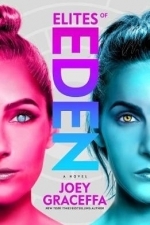
Elites of Eden: A Novel
Book
Two girls, one destiny. Yarrow is an elite: rich, regal, destined for greatness. She's the...
young adult
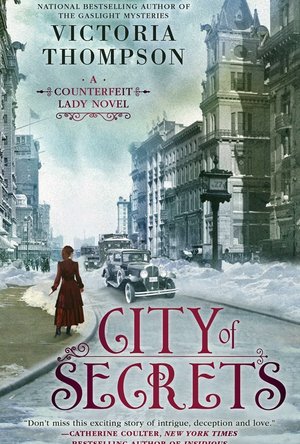
City of Secrets
Book
Elizabeth Miles knows that honesty is not always the best policy when it comes to finding justice. ...
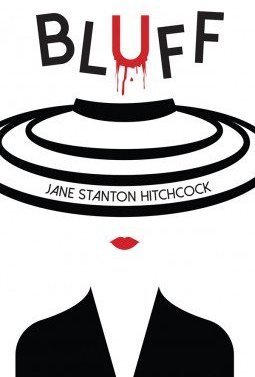
Bluff
Book
One-time socialite Maud Warner polishes up the rags of her once glittering existence and bluffs her...
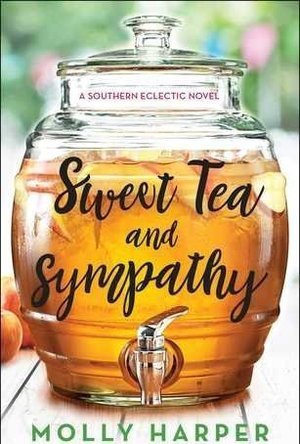
Sweet Tea and Sympathy
Book
Nestled on the shore of Lake Sackett, Georgia is the McCready Family Funeral Home and Bait Shop....
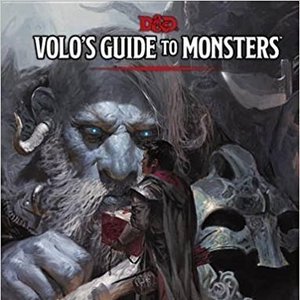
Volo's Guide to Monsters (Dungeons and Dragons 5th Edition)
Tabletop Game
Immerse yourself in monster lore in this supplement for the world’s greatest roleplaying game ...
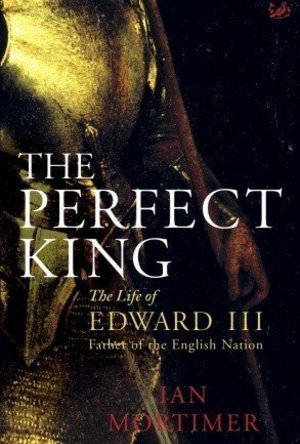
The Perfect King: The Life of Edward III, Father of the English Nation
Book
He ordered his uncle to be beheaded; he usurped his father's throne; he taxed his people more than...
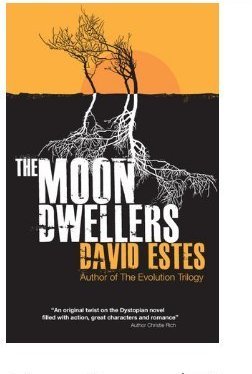
The Moon Dwellers (The Dwellers #1)
Book
In a desperate attempt to escape destruction decades earlier, humankind was forced underground, into...
Dystopia Sci-fi Action Adventure YA Young Adult
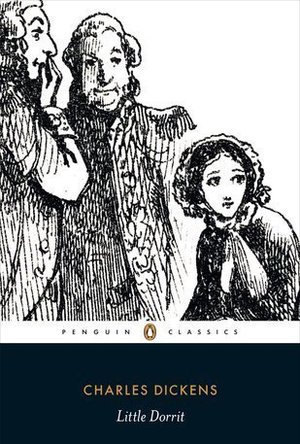
Little Dorrit
Book
A novel of serendipity, of fortunes won and lost, and of the spectre of imprisonment that hangs over...
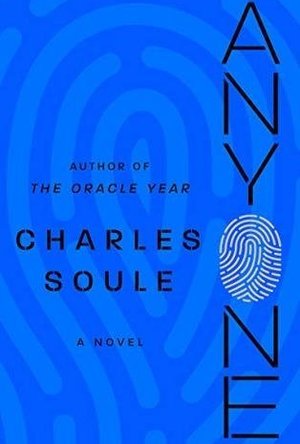
Anyone: A Novel
Book
Charles Soule brings his signature knowledge—and wariness--of technology to his sophomore novel...

Death (The Four Horsemen #4) by T.A. Chase
Book
Death, the Pale Rider and the most feared member of the Four Horsemen, has been searching through...
MM Paranormal Romance